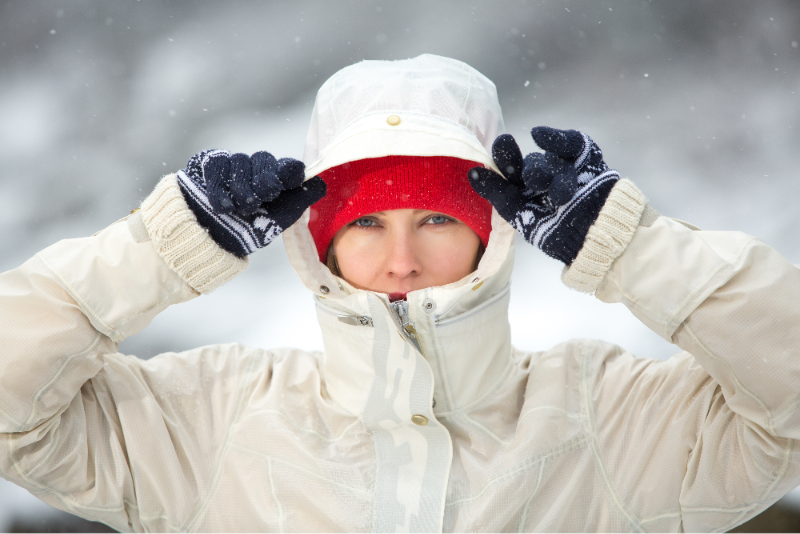Embracing Iceland's Seasons: A Guide to Weather and What to Wear Year-Round
- 2Go Iceland

- Mar 20, 2023
- 2 min read
Updated: Mar 24, 2023
Iceland, the land of fire and ice, is known for its otherworldly landscapes, captivating geothermal features, and dynamic weather conditions. In this blog, we will explore the weather patterns in Iceland throughout the year, providing average temperatures in both Celsius and Fahrenheit, and offering tips on what to wear to make the most of your Icelandic adventure. Get inspired with our selection of private tours from Reykjavik.

Winter (December - February)
During the winter months, Iceland experiences the chill of the Arctic, with temperatures averaging between -1°C to 4°C (30°F to 39°F). Snowfall is common, and daylight hours are limited, with just 4 to 5 hours of sunlight per day in December.
What to wear:
Thermal base layers (preferably moisture-wicking)
Insulated mid-layers (fleece or down jackets)
Waterproof and windproof outer layers (parka or winter coat)
Warm, waterproof boots with good traction
Thick, warm socks
Gloves, scarves, and hats
Sunglasses to protect against glare from snow

Spring (March - May)
As the snow begins to melt, Iceland's spring brings slightly warmer temperatures, ranging from 0°C to 7°C (32°F to 45°F). The days grow longer, and the countryside starts to come alive with blooming flowers and returning birdlife. Be prepared for unpredictable weather, as rain, sleet, and even snow can still occur during spring.
What to wear:
Layered clothing (thermal or long-sleeve base layers, light mid-layers)
Waterproof and windproof outer layers (jacket and pants)
Sturdy, waterproof boots
Warm socks
Lightweight gloves and hats
Sunglasses and sunscreen for sunnier days

Summer (June - August)
Summer in Iceland is characterized by mild temperatures and extended daylight hours, with the sun barely setting during the summer solstice. Average temperatures range from 9°C to 15°C (48°F to 59°F), although it can occasionally reach up to 20°C (68°F) on warmer days.
What to wear:
Light, breathable clothing (shorts, t-shirts, dresses)
Light sweater or fleece for cooler evenings
Waterproof and windproof outer layers (light jacket or raincoat)
Comfortable, waterproof shoes or boots
Sunscreen and sunglasses
Hat or cap to shield from the sun

Autumn (September - November)
As the leaves change color, autumn in Iceland brings cooler temperatures, ranging from 2°C to 9°C (36°F to 48°F), and increasingly shorter days. Rain is more frequent during this season, and early snow is not uncommon in late November.
What to wear:
Layered clothing (thermal or long-sleeve base layers, light mid-layers)
Waterproof and windproof outer layers (jacket and pants)
Sturdy, waterproof boots
Warm socks
Lightweight gloves and hats
Sunglasses and sunscreen for sunnier days
In conclusion
No matter when you choose to visit Iceland, you'll be greeted with stunning landscapes and unique experiences. By understanding the country's weather patterns and packing accordingly, you'll be well-prepared to enjoy all the beauty and adventure that Iceland has to offer. Remember, the key to dressing for Iceland's weather is layers, as the climate can be quite unpredictable. So pack your bags, and get ready to explore the land of fire and ice!





Comments